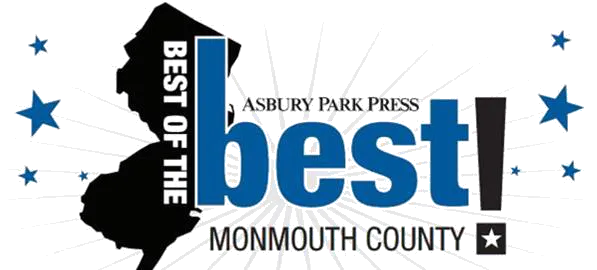- Drop Technique/Thompson Terminal Point
The drop or Thompson technique involves the use of special treatment tables that drop slightly during the adjustments when the physician applies thrusts.

- Soft Tissue Therapy
This type of chiropractic treatment focuses primarily on the soft tissues of the body. This includes the joints, connective tissue, tendons, ligaments, and muscles. Trigger points are stiff areas in the myofascial tissue that cause pain. A chiropractor will work around these areas to improve blood flow and release toxins. Soft tissue therapy relieves discomfort caused by muscle overuse, chronic pain, and stress. The technique used in this type of chiropractic care is beneficial to athletes or people involved in strenuous activity.
- Activator Technique
A vertebral joint that is misaligned intrudes the space occupied by blood vessels and nerves, causing pain or numbness. A chiropractor may use a handheld device to adjust the vertebral segments of the spine so that it releases the pressure on nerves and blood vessels. This device delivers gentle impulses that feel like a light thumping sensation. The activator adjustment technique is used to treat migraines and low back pain. This is not only a comfortable option for patients but also makes an excellent choice for seniors.
- Gonstead Adjustment
The Gonstead adjustment technique can be administered with the patient lying on their side or sitting upright as the chiropractor manipulates the pelvis region or lower back. This type of adjustment helps restore maximum mobility and normal disc alignment. Gonstead only addresses the areas of subluxation and its primary focus is to be as accurate and precise as possible. A lot of care is taken when performing this adjustment to ensure a bio-mechanically correct position and painless adjustment possible.
- Direct Thrust/Diversified Adjustment
In this type of chiropractic adjustment, a physician applies a low amplitude high velocity thrust to align the spine. Some people often refer to the process as “cracking your back”. This manipulative technique increases the range of motion caused by misaligned bones or joints. It is considered more dangerous than other manipulative treatment techniques due to the amount of pressure used during the adjustment. Therefore, a trained chiropractor should perform direct thrust adjustment to avoid injuries.
- Flexion-Distraction
Flexion-distraction is also referred to as Cox Technic. It is a great option for patients suffering from recent injuries or sensitive to other chiropractic adjustments. It involves the use of a special table to distract and flex the spine in a comfortable and gentle rhythmic motion. This process restores the spine to its normal position when your back is stretched gently. Flexion-distraction treats symptomatic disc injuries with leg pain and back pain. It also treats facet joint pain and conditions causing neck pain.
- Spinal Mobilization
Spinal mobilization aims to achieve the same results as the direct thrust technique but uses more stretching and gentle thrusts. This type of treatment is beneficial to patients who require a gentler approach such as those living with osteoporosis. Slow movements that are used in spinal mobilization involve firm pressure or gentle stretches as opposed to thrusts. They are used to treat conditions caused by misalignment of the spine by restoring it to its rightful position.
Regardless of the technique used by a chiropractor, their main goal is always directed towards meeting their patients’ needs. The above-mentioned types of chiropractic adjustments may be used in combination to address the health concerns raised by a patient during a diagnosis. It is crucial to provide accurate information to your chiropractor about your pain or symptoms so that they can customize a viable treatment plan for you.

